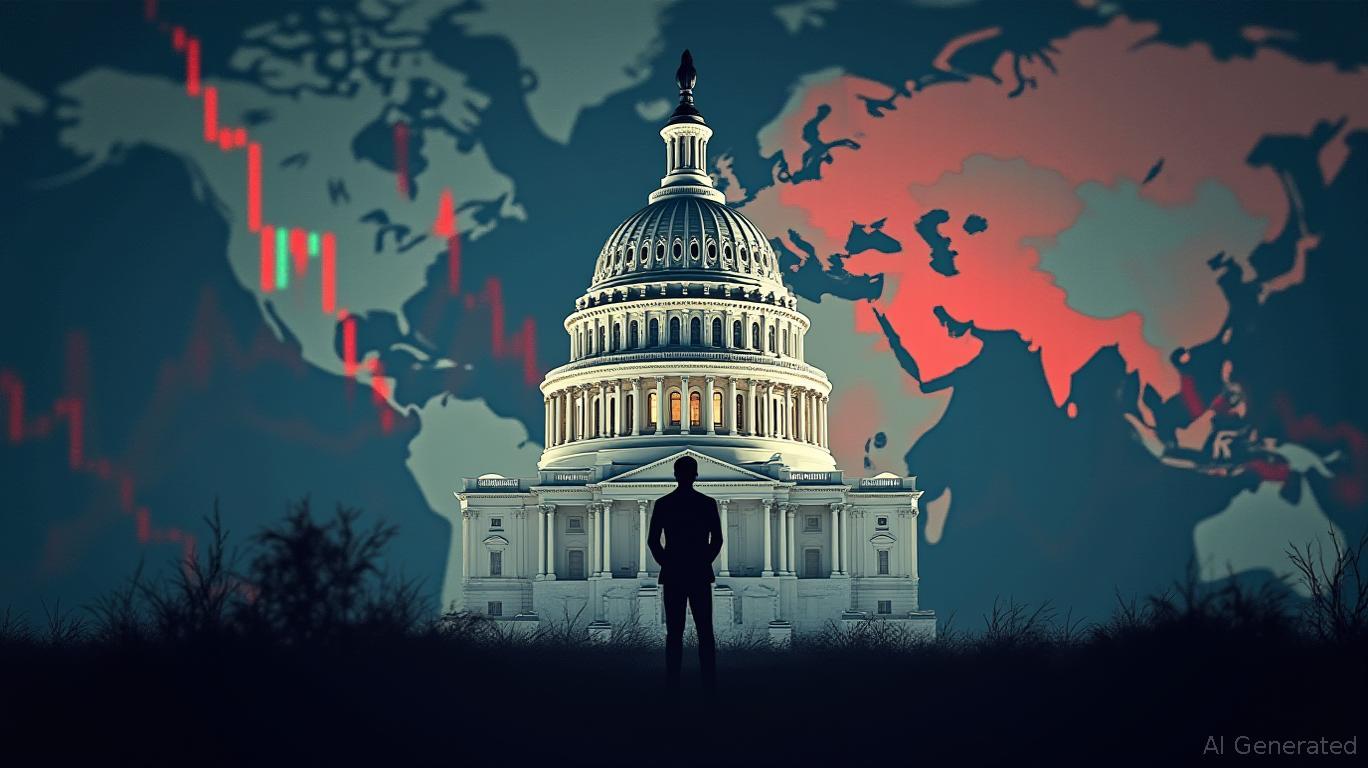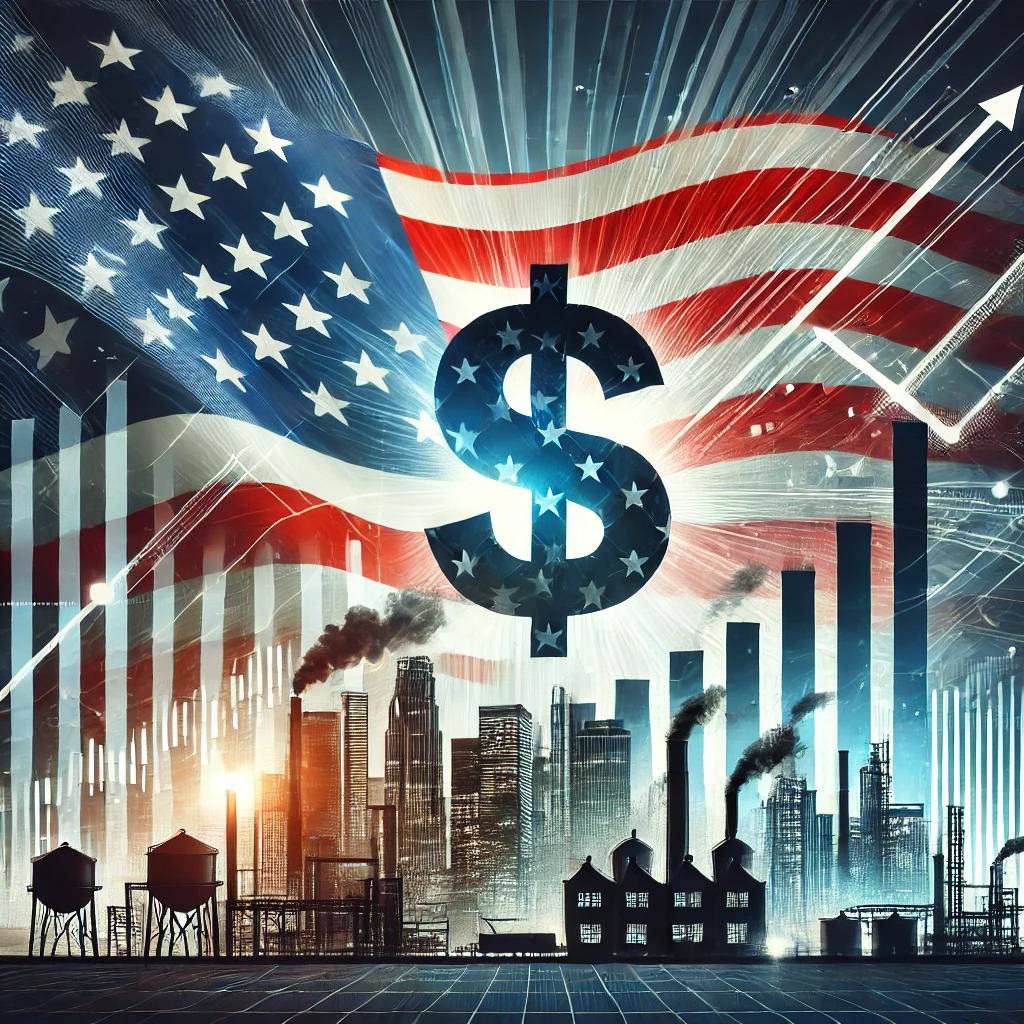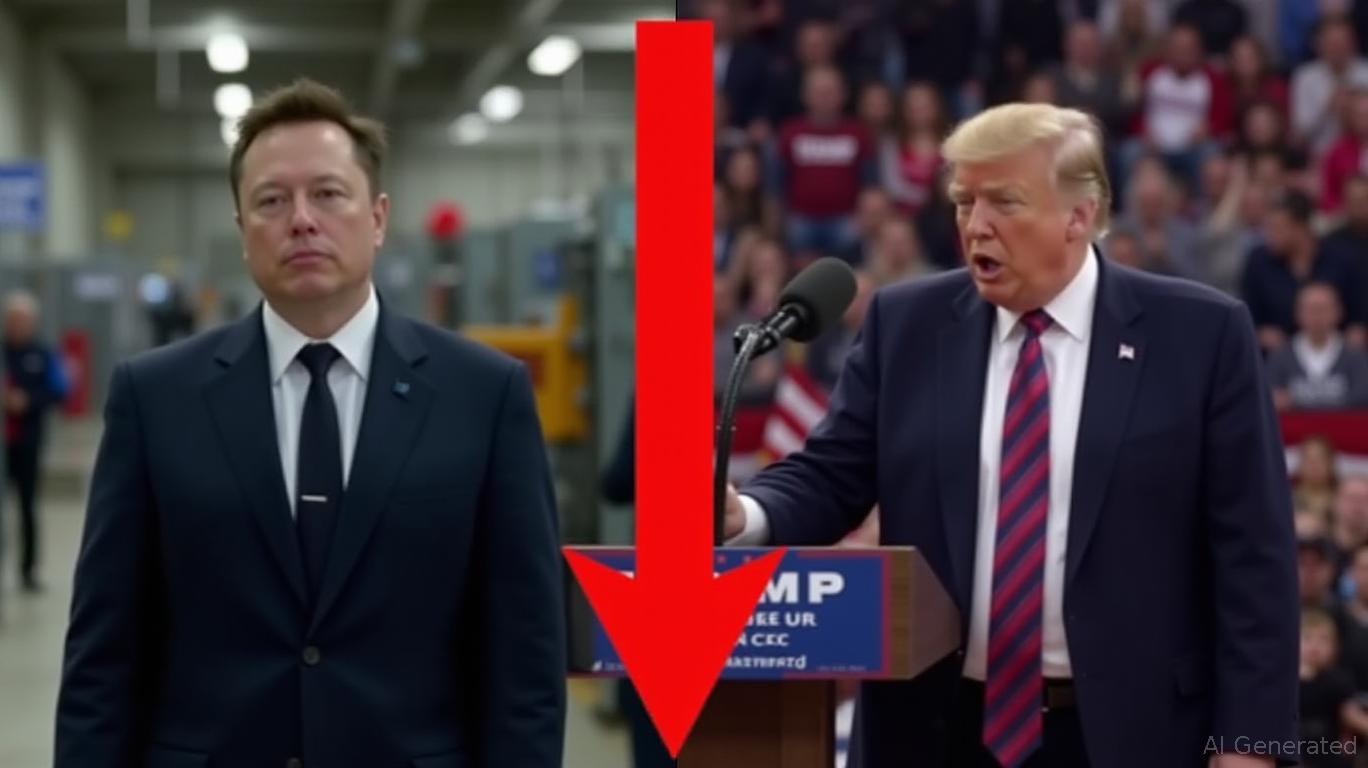Tesla Faces Tough Q1 as Musk's Split Focus Raises Concerns
Tesla’s Q1 2025 earnings report painted a stark picture of a company at a crossroads. Declining vehicle deliveries, margin pressures, and Elon Musk’s controversial dual role as CEO and political adviser to the Trump administration have fueled investor anxiety. Let’s dissect the numbers, challenges, and risks to determine whether Tesla’s stock is worth holding—or if it’s time to hit eject.

Financial Struggles: Deliveries Drop, Margins Squeezed
Tesla delivered 336,681 vehicles in Q1 2025, a 13% year-over-year decline, marking its weakest quarterly performance since 2022. The drop stems from factory line upgrades for the new Model Y and weak demand exacerbated by geopolitical tensions. Production fell to 362,615 units, down 16% from Q1 2024.
Analysts had already lowered revenue expectations to $21.27 billion (FactSet), but margin pressures loom larger. Morgan Stanley’s Adam Jonas projected Tesla’s auto margins could hit 12.7%—their lowest since 2012—due to tariff-related cost inflation and discounts to clear inventory. Meanwhile, Tesla’s energy division (deploying 10.4 GWh of energy storage) provided a silver lining, but it’s not enough to offset automotive headwinds.
Tesla’s stock has plummeted 53% since its December 2024 peak of $479.86, trading near $240 as of April 2025. This decline reflects investor skepticism about Musk’s ability to navigate both Tesla’s operations and his role as a White House adviser.
Operational and Geopolitical Headwinds
1. Tariffs and Trade Battles
President Trump’s proposed 25% tariffs on imported vehicles have not directly hit Tesla’s U.S.-manufactured cars. However, components like automotive glass and battery cells sourced from Mexico and China face steep levies. Tesla sought exemptions for Chinese-made factory equipment but remains exposed to supply chain costs.
2. Brand Damage from Musk’s Political Ties
Musk’s alignment with the Trump administration’s Department of Government Efficiency (DOGE) has sparked global backlash. Protests, dealership vandalism, and consumer boycotts have eroded brand loyalty. Bumper stickers like “I Bought This Before We Knew Elon Was Crazy” underscore public sentiment. Wedbush’s Dan Ives warns of 15–20% permanent demand destruction due to this reputational harm.
3. Product Delays and Production Hurdles
The Cybertruck and higher-margin Model S/X deliveries fell 24% year-over-year, with only 12,881 units sold in Q1. The Model Y refresh caused production halts, and Tesla’s planned $25,000 affordable model now appears likely to be a stripped-down Model Y—delayed yet again.
Musk’s Leadership Crisis
Musk’s split focus has become Tesla’s Achilles’ heel. As head of DOGE, he’s embroiled in controversial policies like anti-immigration crackdowns and censorship pushes, further polarizing Tesla’s brand.
- Political Risk: Musk’s public clashes with administration figures (e.g., calling trade adviser Peter Navarro “a moron”) and his support for far-right groups like Germany’s AfD have fueled regulatory and consumer pushback.
- Stockholder Concerns: Wells Fargo and JPMorgan downgraded Tesla’s stock, citing weaker demand signals (e.g., 0% APR promotions in China) and reduced full-year delivery forecasts to 1.35–1.66 million units, below analyst expectations of 2.01 million.
Wedbush’s Ives labeled this a “Code Red Situation”, urging Musk to abandon politics and focus on Tesla’s “AI/robotics moonshot”—a reference to its autonomous driving and Optimus robot ambitions.
Analyst Outlook: Bulls vs. Bears
Bullish Case:
- CFRA’s Garrett Nelson sees Tesla’s $360 price target as achievable, arguing negative sentiment is “already priced in.”
- Strong Balance Sheet: Tesla’s energy division and U.S. manufacturing dominance give it an edge over tariff-hit competitors like GM and Ford.
- Robotaxi and FSD: The Austin robotaxi launch (June 2025) and FSD Unsupervised rollout could reignite investor optimism.
Bearish Warnings:
- Margin Collapse: Morgan Stanley’s Jonas warns of free cash flow breakeven or worse, risking restructuring.
- Demand Destruction: Ives’s 15–20% permanent loss in sales could erode Tesla’s growth trajectory.
- BYD’s Surge: China’s BYD, with $20,000 EVs and advanced tech, is siphoning Tesla’s market share globally.
Conclusion: Tesla’s Future Hangs on Musk’s Pivot
Tesla’s Q1 2025 results underscore a company in crisis. While its energy division and U.S. manufacturing strengths provide a floor, Musk’s political distractions and brand damage threaten its long-term viability.
Key Data Points:
- Stock Drop: -53% since Dec 2024 peak.
- Deliveries: -13% YoY, lowest since 2022.
- Margin Risk: Auto margins at 12.7%, lowest since 2012.
Investors should demand clarity on two critical issues:
1. Can Musk refocus on Tesla? His DOGE role must be abandoned to rebuild trust.
2. Will tariffs and BYD be managed? Tesla’s affordability strategy and geopolitical agility will determine survival.
For now, hold Tesla shares only if you’re betting on Musk’s AI/robotics vision overcoming his leadership flaws. The stock’s volatility—already down over 50%—suggests risks outweigh rewards unless Musk pivots sharply. As Ives noted: “This isn’t just about cars anymore—it’s about whether Tesla can retain its innovation edge while its CEO fights political battles.”
The Q1 earnings call was a pivotal moment. Without a clear path forward, Tesla’s road to recovery remains fraught with potholes—and Musk’s distractions are the biggest one.










